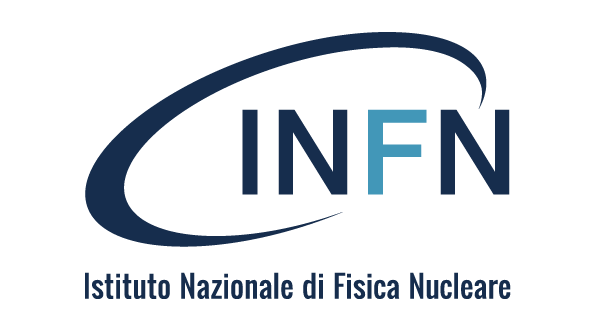PEOPLE
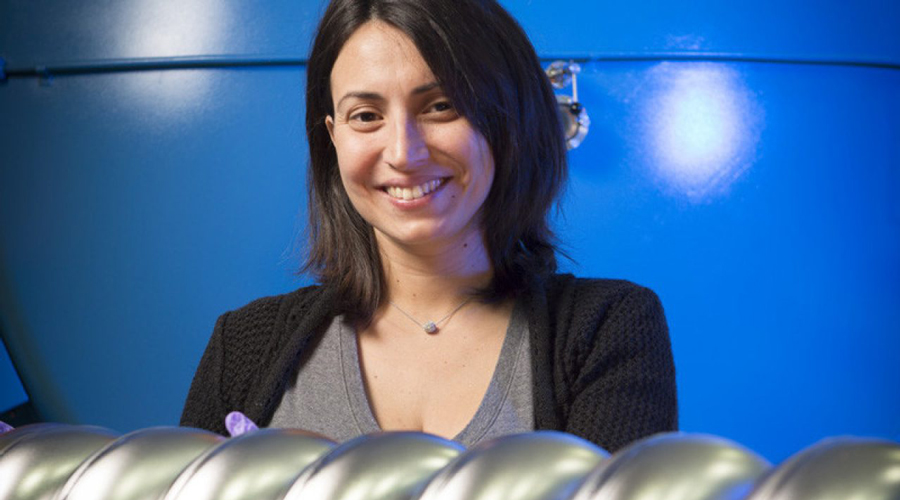
THE COMPUTER OF THE FUTURE IS A QUANTUM COMPUTER: ITALY PART OF THE US QUANTUM COMPUTING PROJECT
Interview with Anna Grassellino, Director of the Quantum Materials and Systems Center (SQMS) and researcher at Fermilab in Chicago.
Harness quantum properties to create a computer and sensors with unmatched performance. Over the next five years, this will be the main mission of the Superconducting Quantum Materials and Systems Center (SQMS), a research center coordinated by Fermilab (Fermi National Accelerator Laboratory), which at the end of August was awarded $115 million in funding by the U.S. Department of Energy (DOE) as part of the National Quantum Initiative. A goal for the pursuit of which SQMS will be called on to overcome the technological and scientific challenges that are inherent in the innovative quantum information sector, starting from those concerning the development and construction of superconductive materials capable of extending the average life time of qubits, the units based on which quantum computers work. The role played by INFN will also be fundamental to achieve such goals. Thanks to a contribution of $1.5 million, INFN will collaborate in the initiative by providing its skills and capabilities, recognised worldwide, in the fields of theoretical physics and the development of precision sensors, and through the construction of a test facility for the validation of quantum devices at the Gran Sasso National Laboratories. Coordinating the activities of the project is SQMS Director Anna Grassellino*, an Italian researcher at Fermilab, who started her career at INFN.
What objectives has SQMS set itself?
SQMS has two main objectives and they are related to the two main research areas of the center, which are computing and sensing. The first objective is to build a quantum computer that performs better than similar computers built so far. The second concerns the implementation of sensors that exploit the progress we expect to achieve with quantum superconductive technologies for the search for dark matter or elusive particles such as dark photons. ...
NEWS
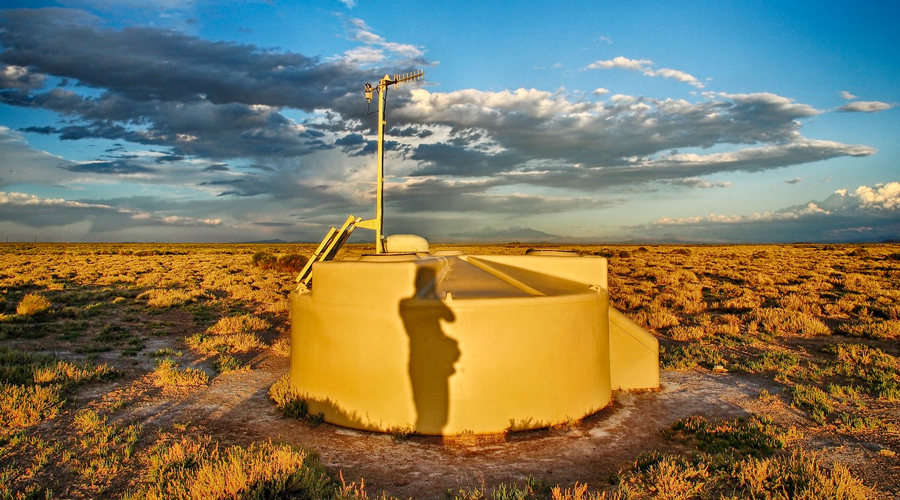
RESEARCH
AUGER MEASURES THE ENERGY SPECTRUM OF ULTRA-HIGH ENERGY COSMIC RAYS
The international collaboration of the Pierre Auger Observatory, located in Pampa Amarilla, Argentina, has measured the energy spectrum of ultra-high energy cosmic rays with unprecedented accuracy. Cosmic rays of this type consist of atomic nuclei produced in extragalactic sources and can reach extreme energies, equal to 100 billion billion electron volts. Thanks to the very high accuracy of the ...
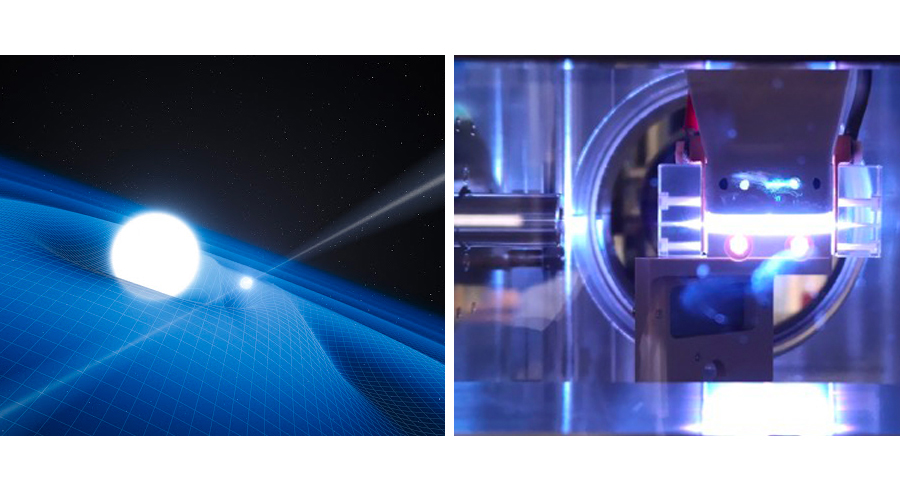
INTERNATIONAL COLLABORATION
INFN LEADER OF THE ET AND EUPRAXIA PROJECTS, PRESENTED AT ESFRI
ET Einstein Telescope and EuPRAXIA: two major European research infrastructures, which promise to be competitive at the global level, in gravitational wave research and the development of plasma particle accelerators, respectively. These are the international projects led by INFN, and which the Ministry of Education, Universities and Research has nominated for the forthcoming 2021 Roadmap of ESFRI (European Strategy Forum on Research Infrastructure), the strategic forum that identifies the major research ...
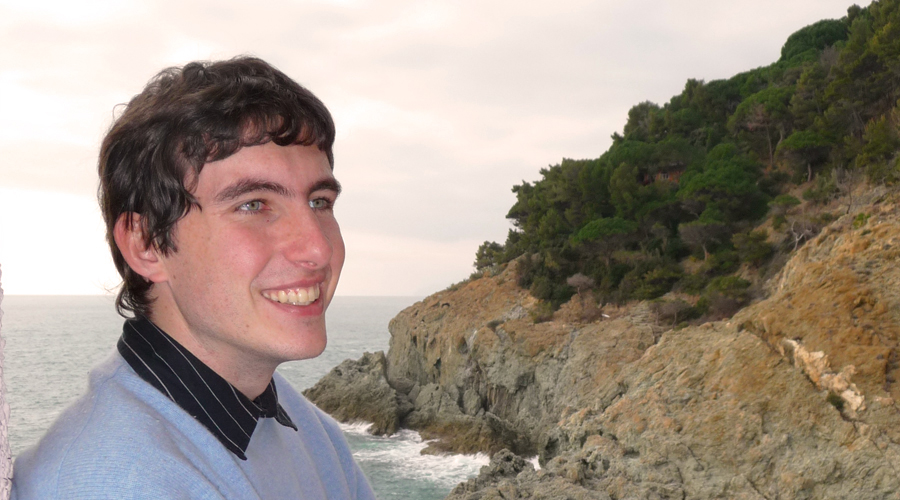
GRANT
ERC: STARTING GRANT OF ALMOST 1.5 MILLION EUROS FOR THE SEARCH FOR DARK MATTER WITH THE POKER PROJECT
Andrea Celentano, researcher at the INFN Genoa Division, has been awarded an ERC Starting Grant worth 1.484 million euros, with the POKER (POsitron resonant annihilation into darK mattER) project, dedicated to the search for light dark matter. The objective of the POKER project, approved for 5 years from December 2020, is to study and demonstrate the feasibility of a light dark matter search approach, with measurements made by ...
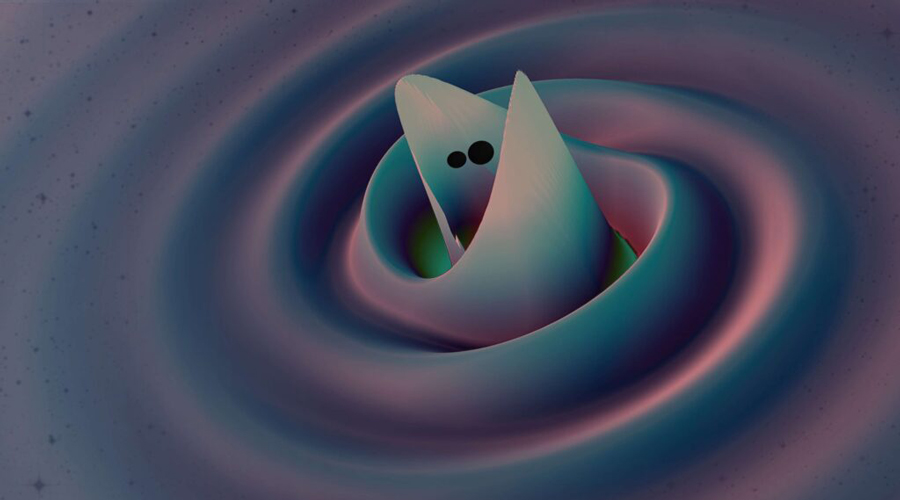
RESEARCH
VIRGO AND LIGO DISCOVER NEW AND UNEXPECTED BLACK HOLE POPULATIONS
The Virgo and LIGO gravitational wave interferometers have observed the fusion of two black holes of 66 and 85 solar masses, which generated a final black hole of approximately 142 solar masses, a black hole of "intermediate mass" (as black holes of mass between hundreds and hundreds of thousands of solar masses are called). ...
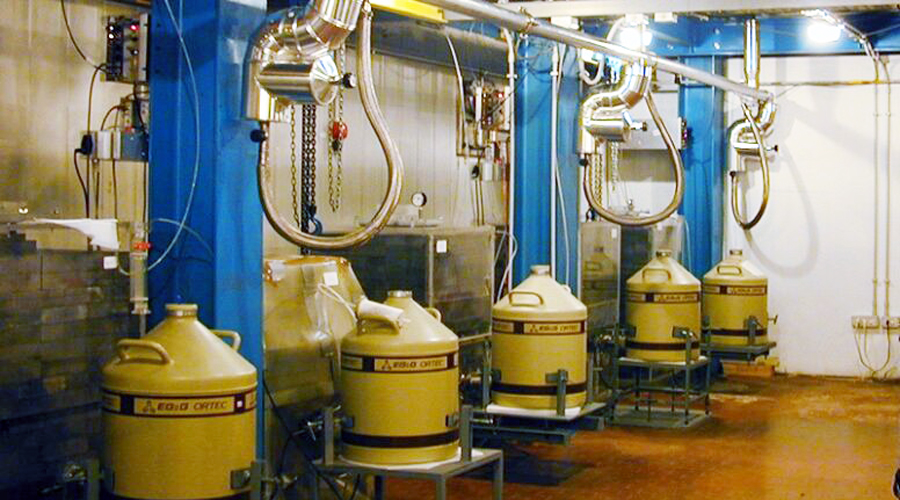
RESEARCH
A CHALLENGE TO QUANTUM MECHANICS FROM ITALIAN RESEARCH
Last September 7, the journal Nature Physics published a theoretical and experimental study carried out by a team of researchers from the Enrico Fermi Research Centre, INFN and the University of Trieste. The publication presents the results of research dedicated to verification of the quantum collapse model proposed by Lajos Diósi and Roger Penrose (DP model). The measurement phase was conducted at the INFN Gran Sasso National Laboratories, while the theoretical analysis was coordinated by the University of Trieste. ...
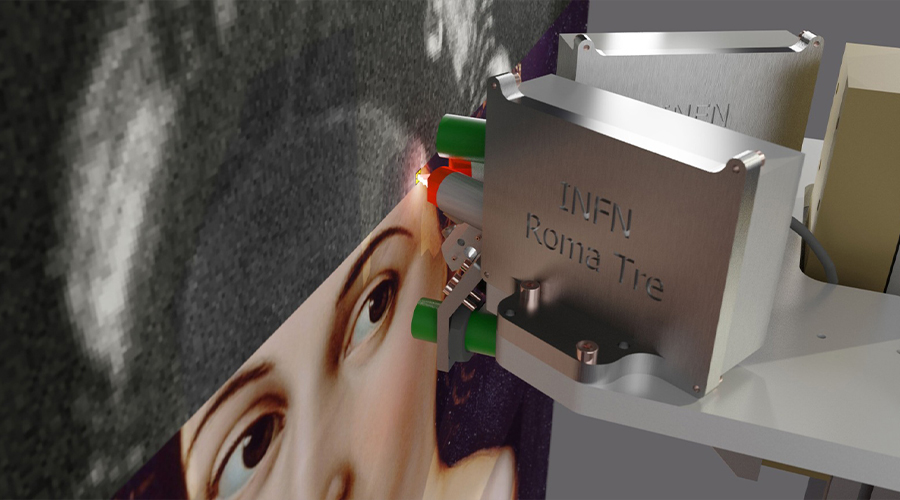
APPLICATIONS
CLOSE UP ON RAPHAEL: RESULTS OF THE SURVEY CAMPAIGN ON THE FORNARINA PRESENTED
The results of the survey campaign on the Raphael's Fornarina, carried out from January 28 to 30 using innovative techniques and cutting-edge machinery, followed by months of in-depth study and historical and scientific evaluation of the data acquired, were presented on September 21 at the National Gallery of Ancient Art in Palazzo Barberini. The day's proceedings featured INFN, the Barberini Corsini National Galleries, the Cultural Heritage Conservation (CBC) social cooperative and ENEA. ...
FOCUS
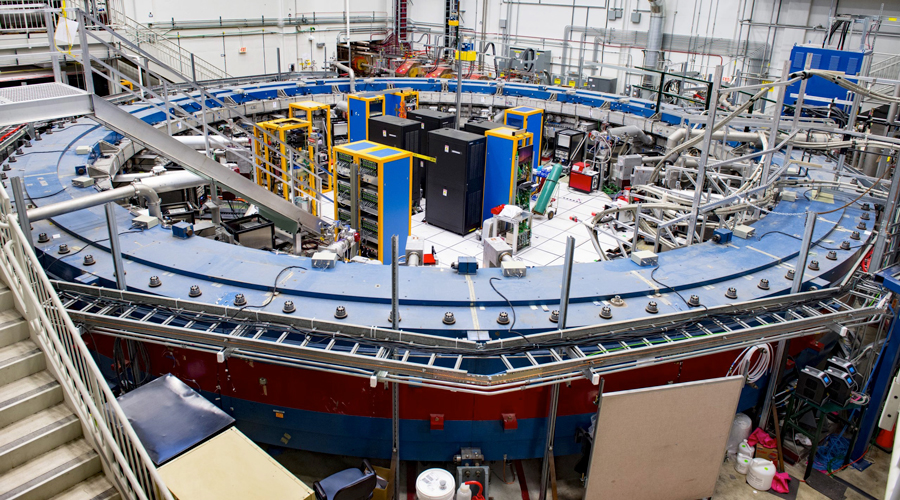 MUON G-2, AWAITING
THE FIRT RESULTS
MUON G-2, AWAITING
THE FIRT RESULTS
After three years of activity, the Muon g-2 international collaboration, Fermilab's experiment dedicated to the precision measurement of the anomalous magnetic moment of the muon, is preparing to release its first results, which could pave the way for a new physics. The analysis of the data collected so far could in fact shed light on a new class of subatomic constituents associated with the fluctuations of the so-called false vacuum, the quantum field that pervades space apparently devoid of matter. Coordinating the activities foreseen during the phase preceding publication is Graziano Venanzoni, an INFN researcher from the Pisa division, recently elected by the Muon g-2 collaboration as the new spokesperson of the experiment, an appointment that also comes in recognition of the fundamental role played by INFN in the project. One of the properties of charged particles with their own rotation (spin) is that they possess a magnetic moment which, to use an analogy, can be compared to the magnetic field of the needle of a compass. In the family of leptons, to which muons, electrons and tauons belong, the magnetic moment is nevertheless characterised by a peculiarity attributable to these particles only, which exhibit a magnetic moment value different from the one predicted by the standard model (equal to 2). ...
INFORMATION AND CONTACT
Images
Cover Pierre Auger Observatory © Steven Saffi
Download the newsletter in pdf format
ENGLISH VERSION | ITALIAN VERSION
INFN - COMMUNICATIONS OFFICE
comunicazione@presid.infn.it
+39 06 6868162
EDITORIAL BOARD
Coordination:
Francesca Scianitti
Project and contents:
Eleonora Cossi, Matteo Massicci, Anna Greco, Francesca Mazzotta, Francesca Scianitti, Antonella Varaschin
Graphic design:
Francesca Cuicchio
Translation
ALLtrad
ICT service:
Servizio Infrastrutture e Servizi Informatici Nazionali INFN
